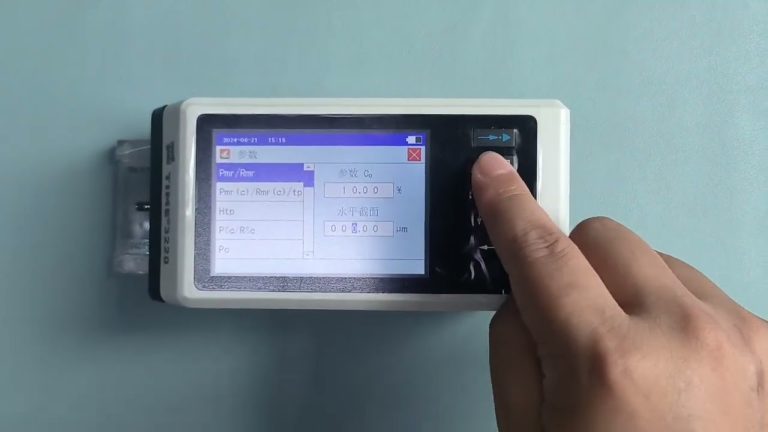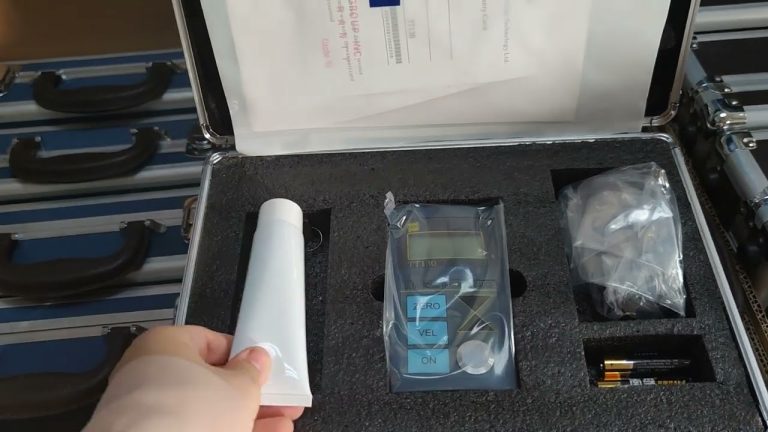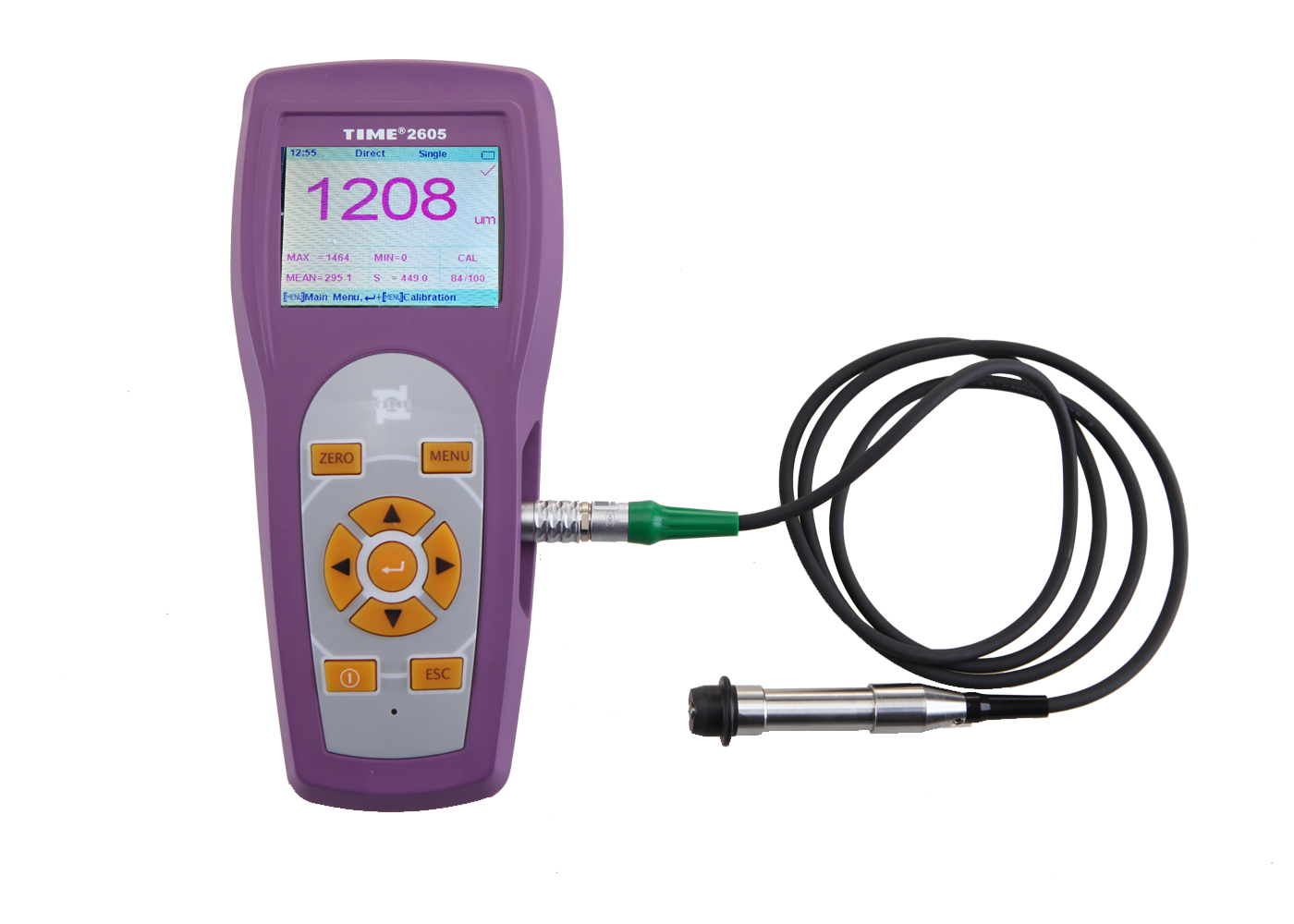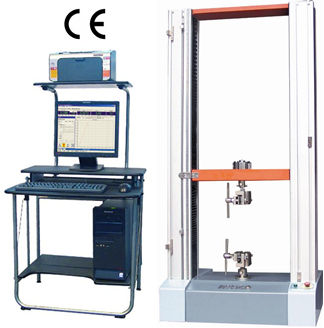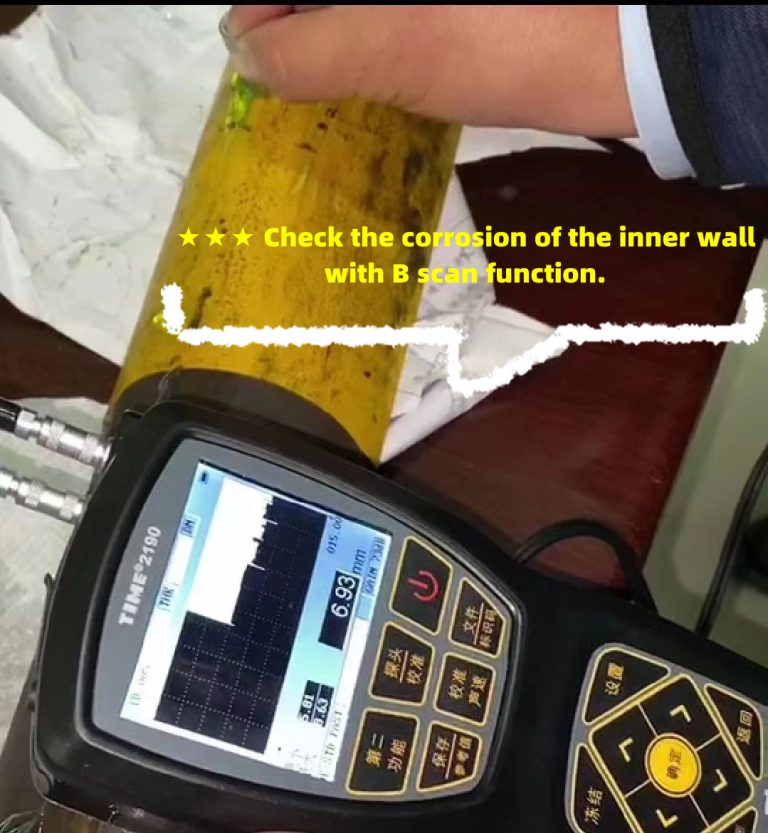WDW-100E Electronic Universal Testing Machine is a versatile piece of equipment designed for a wide range of material testing applications. This machine is ideal for tensile, compression, bending, and shear tests, making it essential in laboratories, research institutions, and quality control environments. Now we study how to effectively use the WDW 100E Electronic Universal Testing Machine.
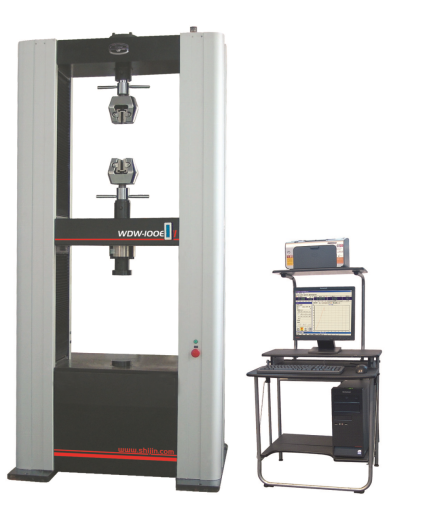
Before diving into the usage instructions, let’s take a moment to understand the features of the WDW 100E:
– Load Capacity: The WDW 100E can handle various materials with a maximum load capacity of 100 kN.
– Digital Display: The machine is equipped with a digital display that provides real-time data on load and displacement, enhancing accuracy and ease of use.
– Software Integration: It comes with software that allows for data analysis, reporting, and storage, facilitating more efficient testing and documentation processes.
– User-Friendly Interface: The intuitive control panel makes it accessible for both experienced users and beginners.
Preparation for Testing
1. Safety Precautions: Ensure that you are wearing appropriate personal protective equipment (PPE), including safety goggles and gloves. Familiarize yourself with the machine’s safety features and emergency stop function.
2. Calibration: Before starting any tests, check that the machine is properly calibrated. Follow the manufacturer’s instructions for calibration procedures to ensure accurate results.
3. Sample Preparation: Prepare your test samples according to the relevant standards. Ensure that samples are free from defects and meet the required dimensions for testing.
4. Fixture Selection: Choose the appropriate fixtures for your test based on the type of material and the nature of the test (tensile, compression, etc.). Attach the fixtures securely to the testing machine.
Operating the WDW 100E
1. Power On: Switch on the machine and wait for the system to initialize. The digital display will show the machine’s readiness status.
2. Set Up Testing Parameters: Using the control panel, input the necessary parameters for your test, including load limits, speed of testing, and displacement settings. Refer to the operational manual for specific guidelines on setting these parameters.
3. Load the Sample: Carefully place the prepared sample into the machine, ensuring that it is correctly aligned with the fixtures. Double-check that the sample is securely held in place to avoid slippage during testing.
4. Start the Test: Once everything is set up, initiate the test by pressing the start button on the control panel. Monitor the testing process through the digital display, which will show the real-time load and displacement data.
5. Data Collection: The machine will automatically record data throughout the test. Make sure to observe any significant changes or anomalies during the process.
6. End the Test: Once the test is completed, the machine will stop automatically, or you can manually stop it. Record the final data displayed on the screen.
Post-Testing Procedures
1. Data Analysis: Use the integrated software to analyze the collected data. Generate reports based on the testing results, which can be used for further research or quality assurance purposes.
2. Clean Up: After testing, remove the sample and clean the machine as per the maintenance guidelines. Ensure that no debris or residue is left on the fixtures or testing area.
3. Documentation: Keep a record of all test results and any observations made during the testing process. This documentation is crucial for quality control and future reference.
4. Routine Maintenance: Regularly check the machine for any signs of wear and tear. Follow the manufacturer’s maintenance schedule to ensure longevity and optimal performance of the WDW 100E.
WDW 100E Electronic Universal Testing Machine is an essential tool for material testing in various industries. By following the outlined steps and adhering to safety and operational guidelines, users can effectively utilize this machine to obtain accurate and reliable test results. Proper training and regular maintenance will ensure that the machine remains in excellent working condition, providing valuable insights into material properties for years to come.

